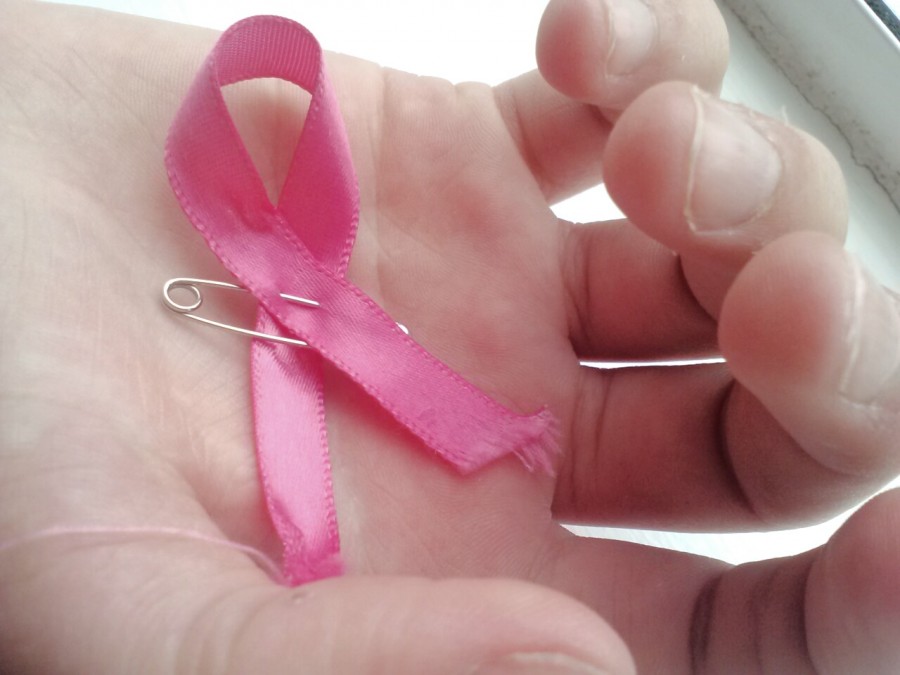Quick—it’s March. Are you showing your support for National Women’s History Month? Did you eat your “pink ribbon” cereal this morning? Don’t forget to wear something dark blue for colorectal cancer awareness!
Furthermore, March is also Brain Injury Awareness Month, Red Cross Month,
Self Harm Awareness Month, Irish-American Heritage Month…
You get the picture. Each month of the year is dedicated to a multiplicity of causes, all for the purpose of “raising awareness.”
Such campaigns hope to draw attention to important, often marginalized issues, in addition to educating the public and informing them about the topic.
Nationally-dedicated months are just one example of awareness campaigns. But do those campaigns actually help?
Commemorative months, at least, appear not to. Three Carlmont students interviewed could barely remember even one.
Carlmont student Jeremy Clay misremembered February as “Black Awareness Month” instead of Black History Month, and guessed that Breast Cancer Awareness Month, one of the most well-publicized months, is held in May. (It’s in October, by the way.)
Two other students expressed surprise that there even was a month for Breast Cancer Awareness.
Additionally, a deluge of awareness campaigns can lead to consumers becoming overaware and undermotivated.
“I think [awareness campaigns] are stupid because most of us are already aware,” said Carlmont junior Jack Carlson. “We don’t really need campaigns to raise more awareness, except for issues that nobody has awareness campaigns for.”
Indeed, lesser-known causes and diseases which would benefit the most from public attention are often pushed to the sidelines in favor of, ironically, better-known issues.
For example, October is also National Domestic Violence Awareness Month but you would never know it from how dominant breast cancer campaigns are.
Rita Smith, executive director of the National Coalition Against Domestic Violence, spoke in an online article about the National Football League’s pink October outfits: “I was pretty sure we were toast. There was no way we were ever gonna match them.”
In addition, beyond placing ribbons and colors on merchandise, campaigns might not actually help their cause.
Despite the abundance of pink products, breast cancer death rates have remained constant for over a decade, according to forbes.com.
Another campaign that failed to achieve results would be KONY 2012, by the group called Invisible Children. The organization achieved over 100 million views on its video detailing issues plaguing Uganda and other surrounding countries, but ultimately inspired little large-scale action by viewers.
Furthermore, awareness campaigns can actually harm their cause by misrepresenting the problem.
The Guardian online reports that Ugandan people were furious that their country was depicted as war-torn, when in fact Joseph Kony and his Lord’s Resistance Army had not operated there for years.
Another example that should be familiar to all high school students of campaigns skewing an issue is the “I heart boobies” bracelets, which, instead of promoting screenings and saving women’s’ lives, focus instead on the sexual appeal of breasts.
In fact, participation in awareness campaigns may make people less likely to actually donate money to a cause, according to forbes.com.
When a person does a good deed they can sometimes use that as an excuse to neglect further good behavior. For example, someone who buys products marked with a pink ribbon might forgo direct money donation because they feel like they have already done their part. The endless mountain of sponsored products allows people to feel good about “supporting” a cause while contributing little actual constructive time or effort.
Carlmont junior James George said, “It’s unconscious, like ‘maybe I should buy that because they support [a cause] that I like.”
There is another danger: companies adhering to awareness campaigns and using them to profit from the illness or issue.
“Pinkwashing” is a term invented by Breast Cancer Action’s “Think Before You Pink” movement, and is used to describe the flood of consumer goods and charity opportunities that companies claim show they help support breast cancer awareness.
Karuna Jaggar, the executive director of Breast Cancer Action, launched the initiative to encourage people to examine where proceeds from the “pink” products actually go.
As the movement’s website points out, “Any company can put a pink ribbon on its products,” as “the…pink ribbon symbol is not regulated by any agency.”
The movement notes that a pink ribbon does not always mean the product combats breast cancer. In fact, it is often used by companies that put potentially-carcinogenic chemicals in their products, such as cosmetics.
One member of a support group for terminal breast cancer patients said in the documentary “Pink Ribbons, Inc.” about the commercialism, “It’s like they’re using our disease to profit and that’s not OK.”
It also does not guarantee that the company makes donations. A pink ribbon may instead mean that the company supports breast cancer programs, but the monetary amount given is not affected by purchases of that specific item.
Susan G. Komen for the Cure spent just 15 percent of its donation money on cancer research awards and grants, according to its 2011 financial statement. Meanwhile, 18 percent of its donations were spent on fundraising and administrative costs, while 43 percent went towards education of the public.
“We don’t need more awareness; we need solutions,” Karuna told MetroWest Daily News. “We’re looking for progress that makes a difference in addressing and ending this breast cancer epidemic.”
By making campaigns mostly about raising “awareness” of the disease (as if breast cancer is still a concept unknown to people) while contributing debatable amounts of real funds towards research, the benefits of certain campaigns may be seen as questionable.
As Cork Gaines wrote in Business Insider, “If the point is to actually help fight cancer, fans would have a much bigger impact if they skipped the NFL and donated directly to the ACS (American Cancer Society) or other organizations working to fight cancer.”

